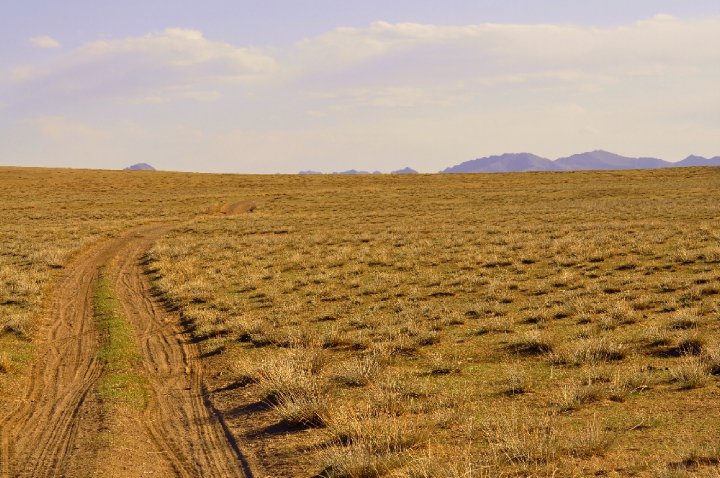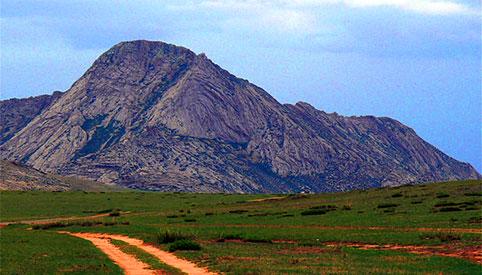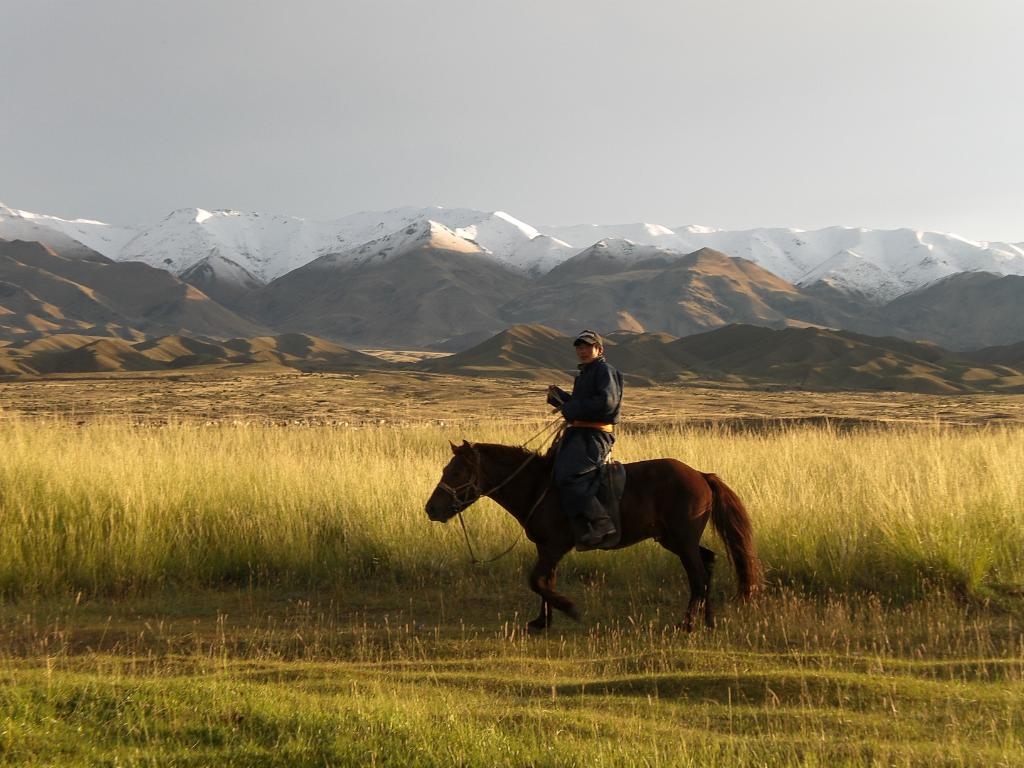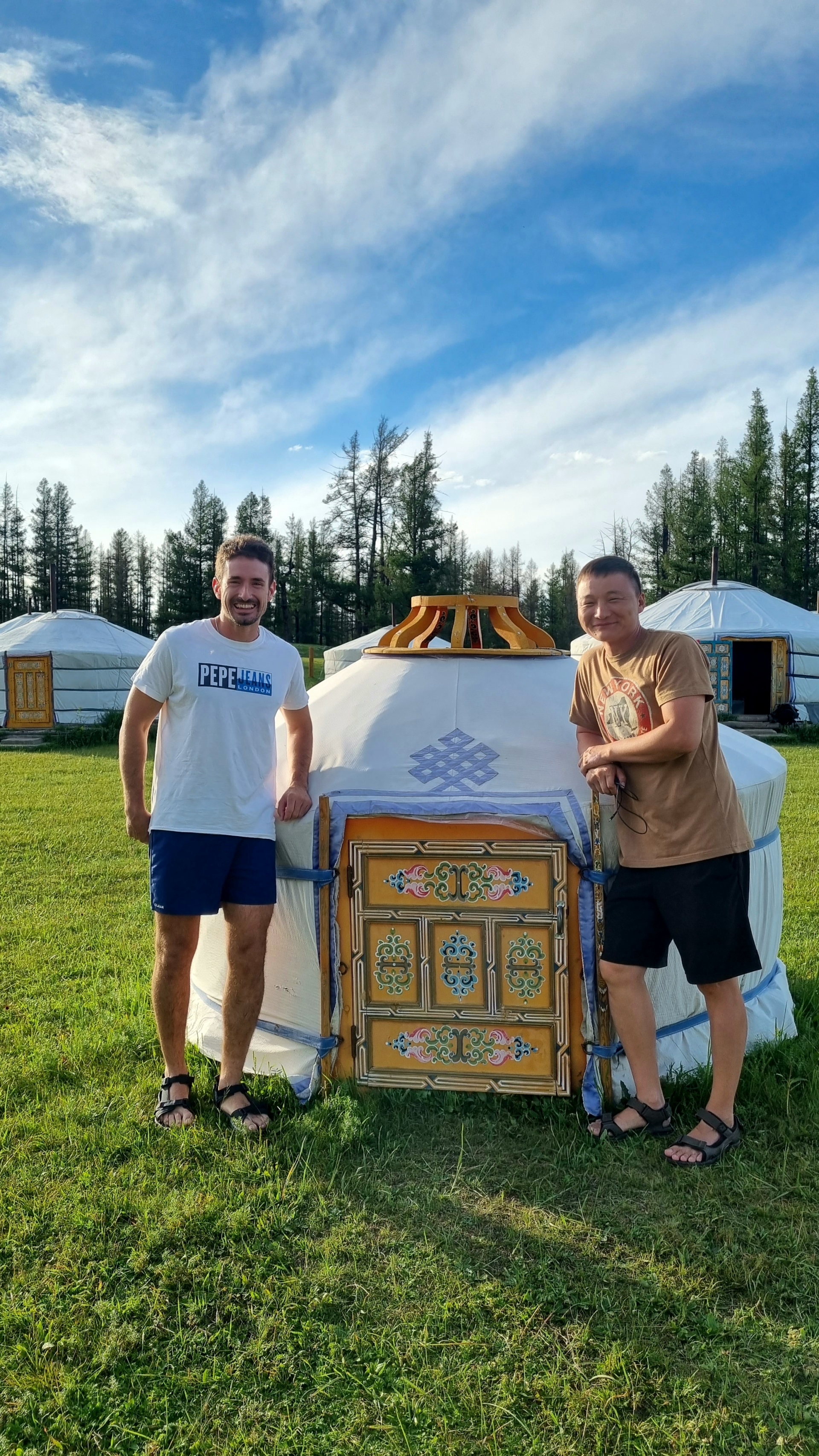Destinations
Bayanzag
Bayanzag which means ‘rich in saxaul shrubs’, is more commonly known as ‘ Flaming Cliffs’, a name given by the palaeontologist Roy Chapman Andrews, famous American explorer in the 1920s, first excavated in 1922, it is renowned worldwide for the number of dinosaur bones and eggs found in area, which you can see in museums around the world. It is a classic desert of rock, red sands, scrub, sun and awesome emptiness. The barren cliffs look strikingly as if they are flame during sunset. Not so far from the Flaming Cliffs, there is a forest of saxual trees-Gobi trees with extremely deep roots.
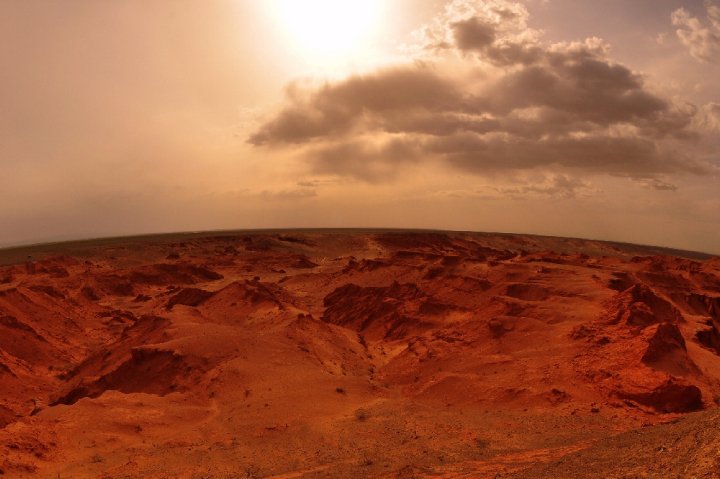

Khongor Sand Dunes
Khongor sand dune is one of the largest and most spectacular sand dunes in Mongolia, which reaches a height of 300 meter, 12 km wide and 100 km long. The Sand dune lies at the northwest corner of the Gurvan Saikhan Mountain range. It is located 180km from the Dalanzadgad city, provincial capital. The sound of masses of wind-blown sand can be heard from the long distance. This sound is so melodic and 300m high sand dunes called as “Singing Dunes”. There is an oasis called Khongor river with stunning greenery in the summer. It is a great place to ride two humped Bacterian camel named by locals “Prince of Gobi” and see camel breeder’s everyday life. Getting to the top (45 minutes to one hour) is exhausting; every step forward is followed by a significant backslide, but the views of the desert from the sandy summit are wonderful. This dramatic scenery features many colors of nature as white sand dune, the light green grass, red-blue mountains and the eternal blue sky.
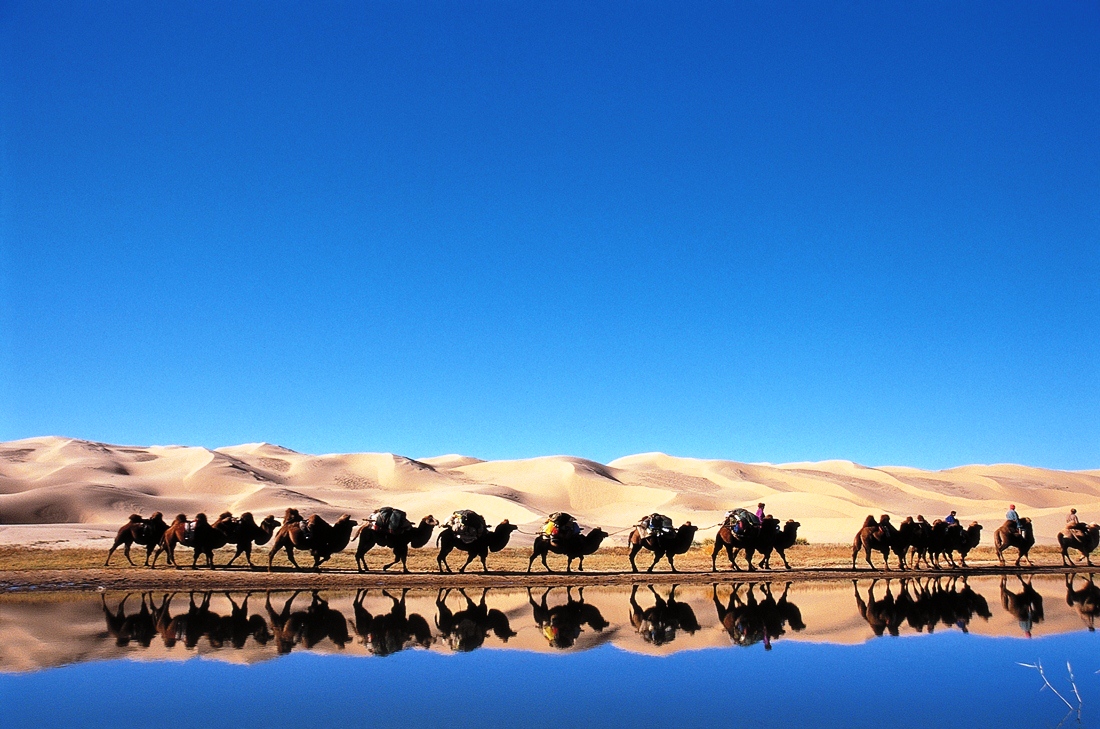
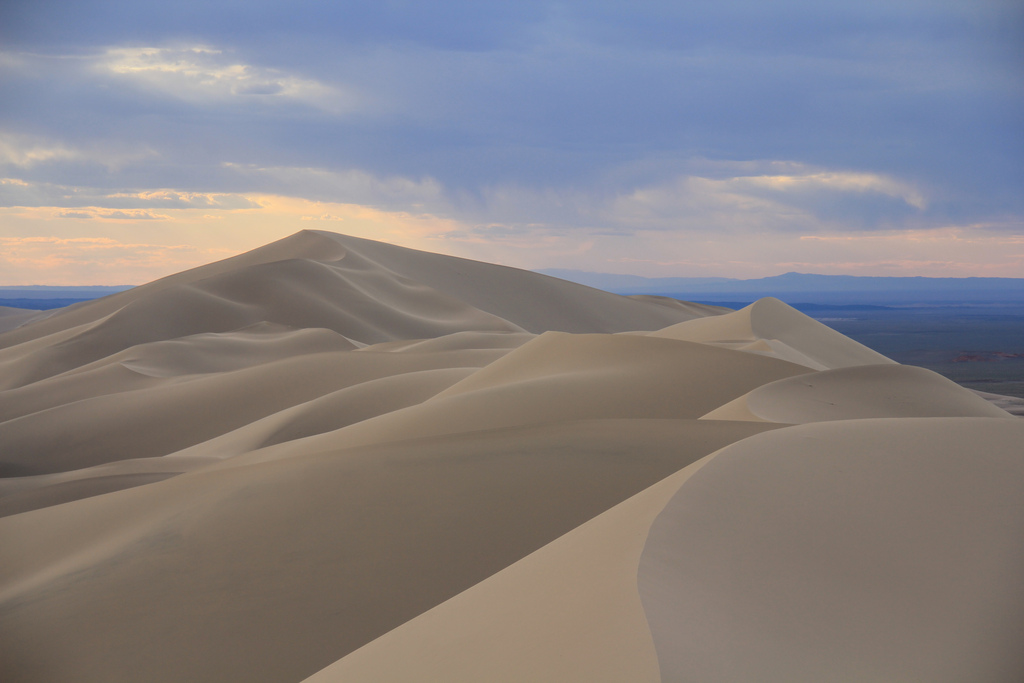
Yol Valley
Yol Valley (Eagle valley) was originally established to conserve the birdlife in the region but now is more famous for its dramatic rocky cliffs and narrow, heavily shaded canyons that allow sheets of blue-veined ice to survive well into the summer. At the gate, there is museum of wild animals of the national park. There is great hiking opportunity from the parking areas to the glacier following the stream for 3km leads to the ice-filled gorge and one or two local souvenir salesmen. In winter time glacier is up to 10m high and remains frozen usually until late of July. You might see wild ibex or argali sheep up in the mountain if you hike early in the morning.
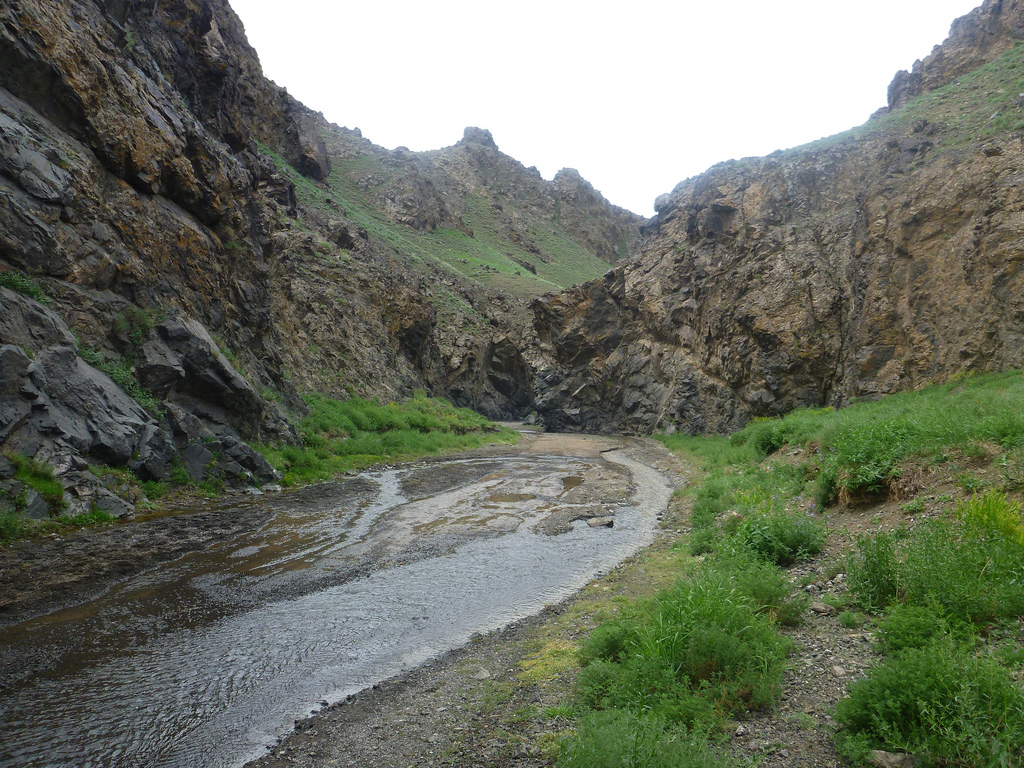

Baga Gazar rock formation
It is an unique granite rock formations, about 60 kilometers north-west of Mandalgobi, in the middle of the dusty plains sheltered Zanabazar during the conflicts between the Khalkh and Oirad Mongols. Later in 19th century, it was home to two revered monks who left rock drawings in the area. The rocks are worshipped by locals who sometimes pilgrimages here. Naturally, there is a legend that Chinggis Khaan grazed his horses here. Five kilometers away, the highest peak in the area, Baga Gazriin Uul (1768m) takes about an hour to climb. One unusual sight is the half-hidden stone ruins of the 200 year old monastery. Concealed amongst the rocks and shaded by trees, some of the rooms at the back of the row roofless complex still have traces of blue paint on their crumbling walls.
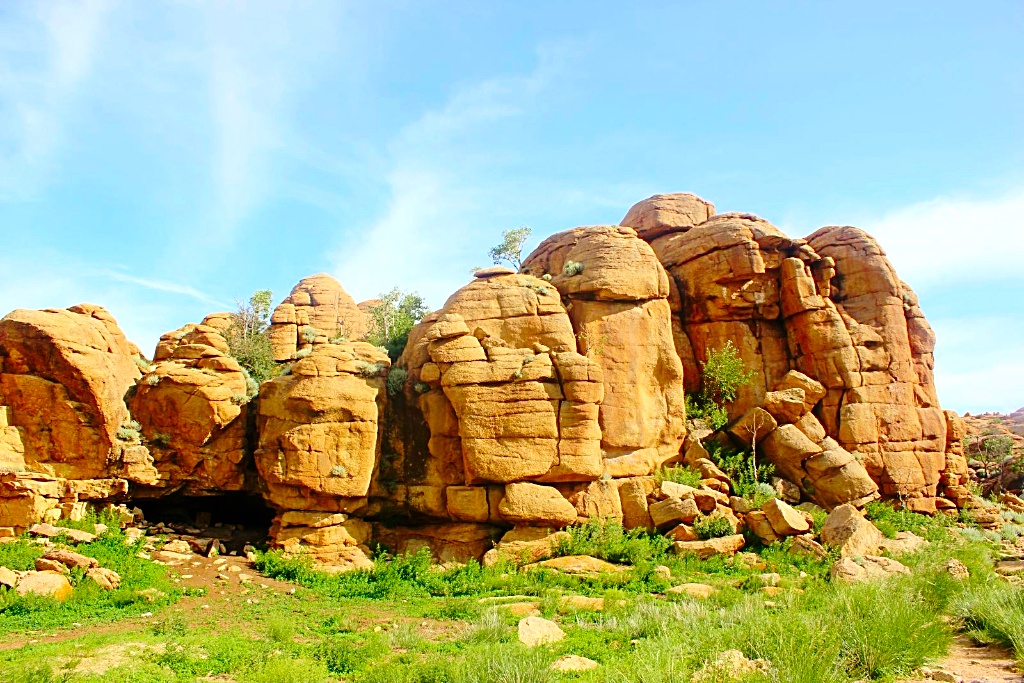
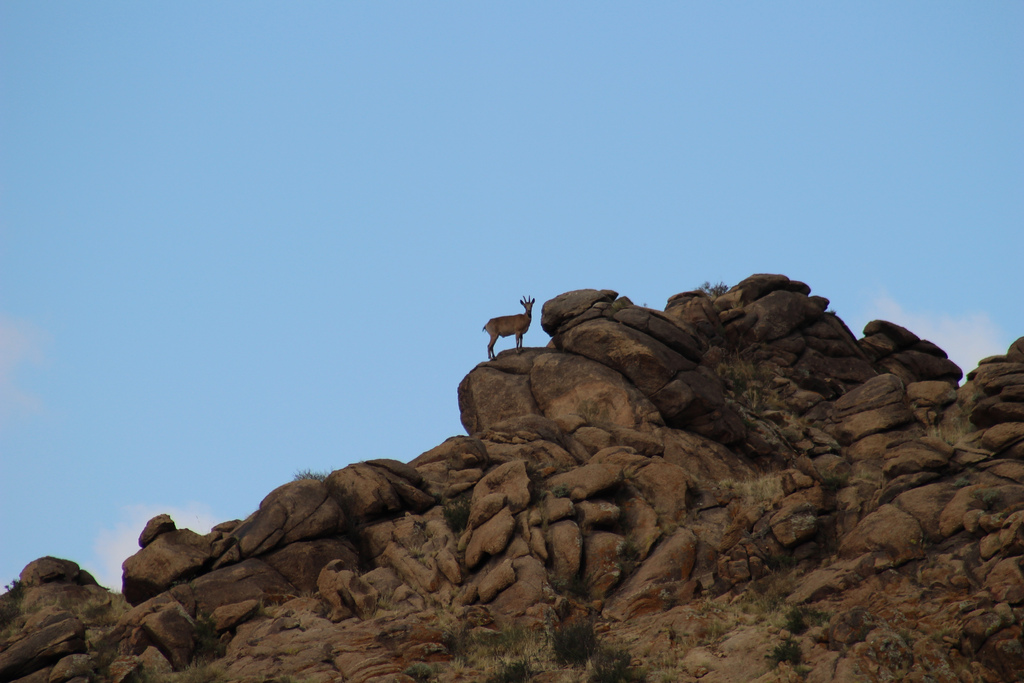
Ikh Gazar rock formation
Ikh gazriin chuluu mountain, located 70 km northeast of Mandalgobi, is a granite rock mountain range and has been worshipped by the Gobi people for a long time. The great natural beauty and rich wildlife of the mountain are an attraction for the visitors. Also, there is an beautiful open air theatre and concerts are occasionally held here in honour of two famous Mongolian long-song singers who used to live locally.
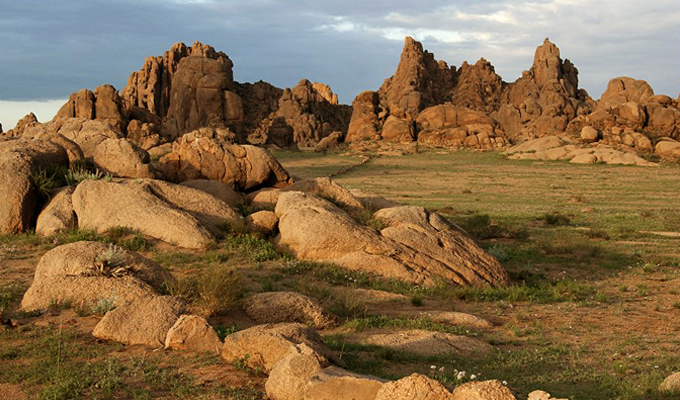
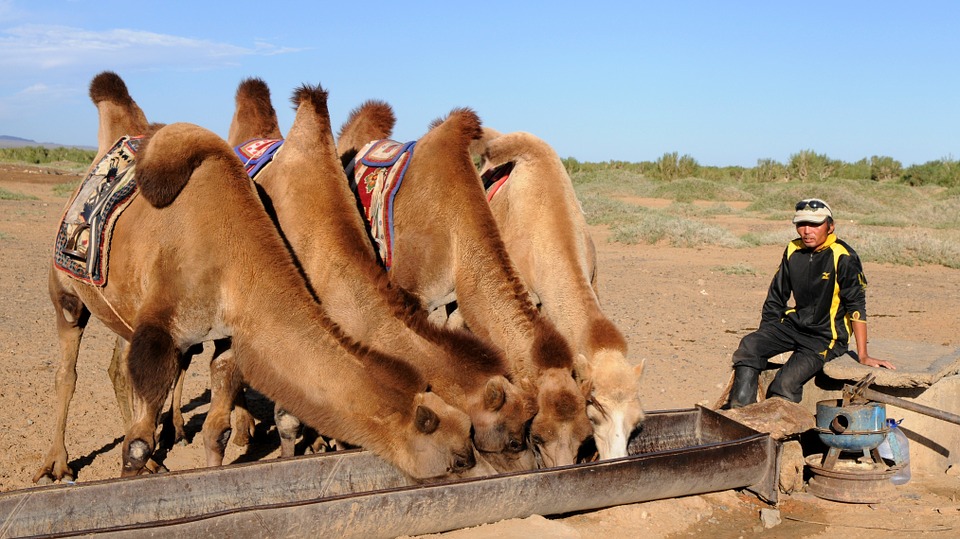
Ongi Monastery
Formerly one of the largest monasteries in Mongolia, Ongi monastery was founded in 1660 and consisted of two temple complexes on the north and south banks of the Ongi River. The older southern complex consisted of various administrative buildings as well as 11 temples. The northern complex built in the 18th century, consisted of 17 temples-among them one of the largest temples in all Mongolia. The Ongi monastery grounds also 4 religious universities and could accommodate over one thousand monks at a time. But during 1930s the monastery was completely destroyed and over 200 monks were killed by the communists. After democracy of Mongolia in 1990, monks returned to Ongi monastery where they had begun their Buddhist education as young children some 60 years prior. These monks started laying new foundation upon the old ruins, with a vision to restore Ongi monastery and revitalize Buddhism in Mongolia. There is a big river named Ongi and are many beautiful trees which are great to walk around.
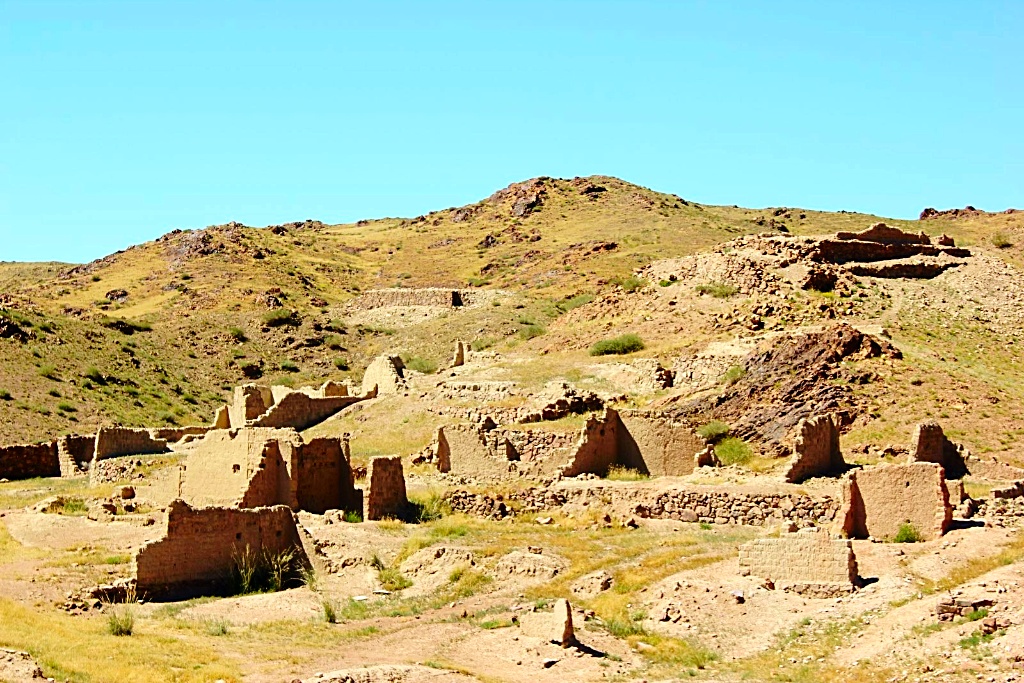
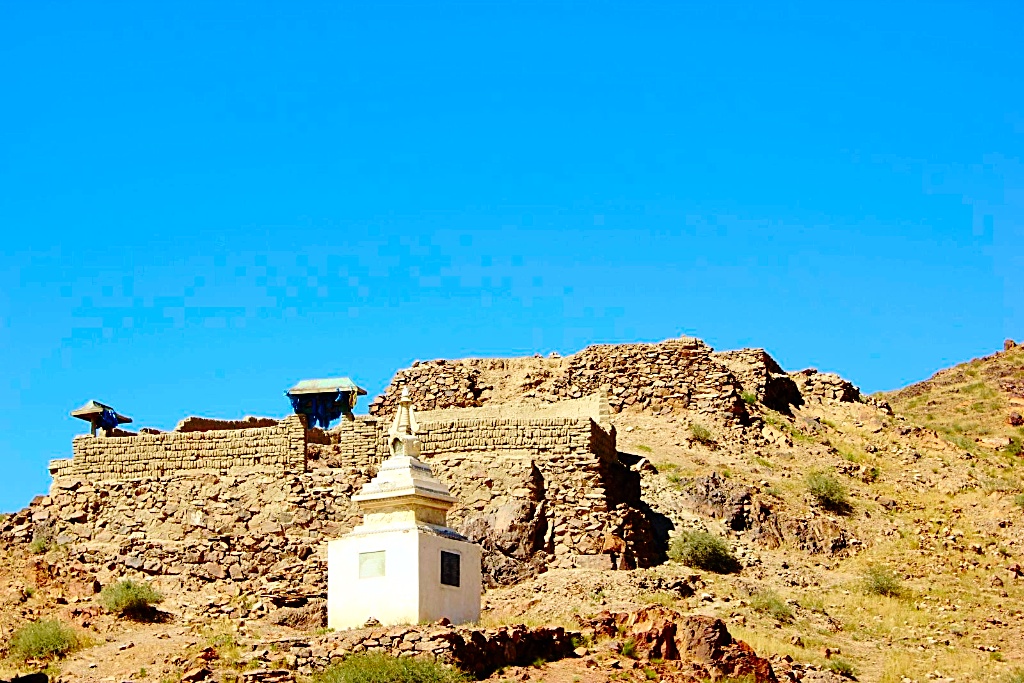
White Stupa
Tsagaan Suvarga (White Stupa) is located in Ulziit Soum, Dundgobi aimag. The name Tsagaan Suvarga (White Stupa) is given by local people to the impressive and legendary cliff which is eroded by natural phenomenon. Having 10 million years history, the cliff indicates different times by its colored layers. Tsagaan Suvarga (White Stupa) is interesting to see from the sheer slope, facing east, which from a distance seems to be the ruins of the ancient city.

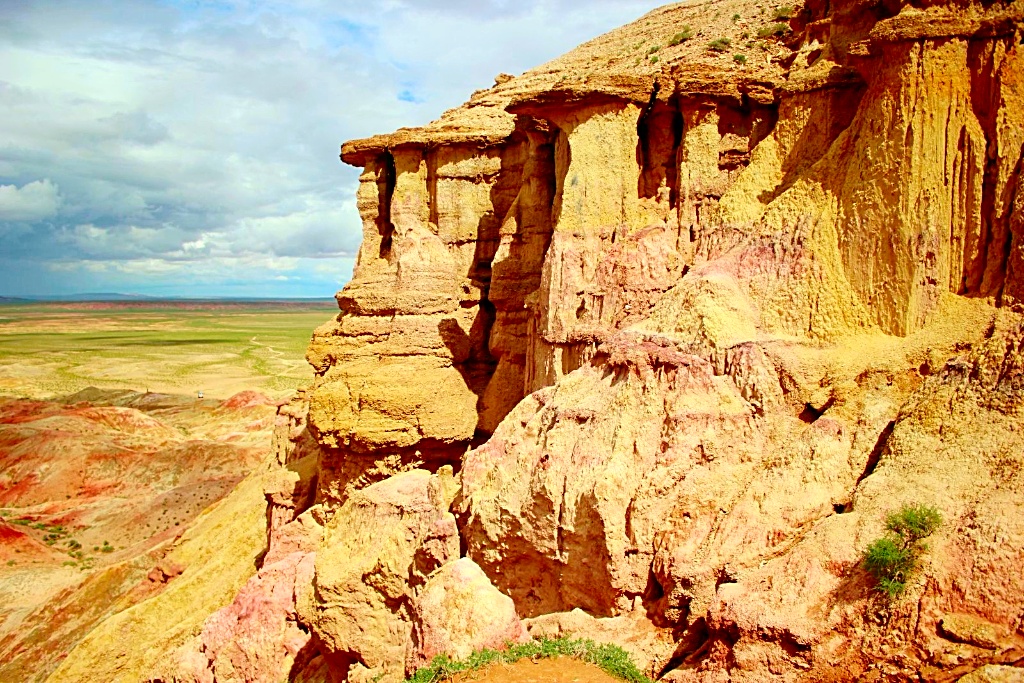
Zorgol Khairkhan Mountain
Zorgol khairkhan is a sacred mountain, found in the area of Bayan Unjuul soum of Tov province, about 150 km from Ulaanbaatar. The peak is 1686 m. Zorgol Khairkhan Mountain is venerated and revered by the local people, who believe that it is the siege of a great, benevolent spirit. The huge, red granite mountain does indeed have a diverse and beautiful nature to offer. It has many caves and water springs. Lucky visitors may see wild animals like mountain goats, ibex and eagles (at their nests). There are several burial sites of ancient Mongol soldiers around this mountain. According to shamanic custom, pronouncing the name of the holy mountains while visiting them is forbidden. In history, it is said that Chinggis king used to go for hunting around this mountain.
